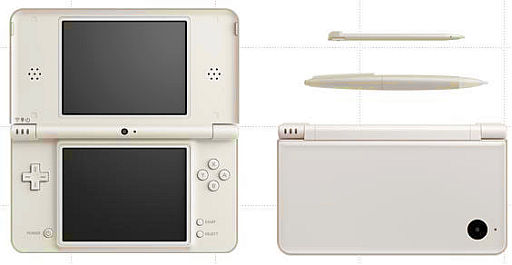Mobile devices such as smartphones, netbooks and now tablets are becoming increasingly important as computing devices and therefore as gaming machines. In just a few short years from now over a billion smartphones will be shipped every year, so there will be far more computing power in the world’s pockets than there will be on the world’s desktops.
At the moment, as we are seeing with the sudden rash of tablets like the iPad, manufacturers are struggling to find the form factor that people will want. Let’s look at what is involved:
- Battery life. This is becoming unimportant as devices become massively more power efficient. ARM processors and OLED displays use a small fraction of the electricity of the technology they are replacing. So any form factor can be easily powered and devices will be “always on”.
- Keyboard. Essential if you want to do much data entry. Currently there are three levels of implementation. Firstly there are near full sized tactile keyboards. These are best but limit size reduction to what we now have with netbooks. Secondly there are micro keyboards like on a Blackberry, or in fold out form on the Nokia N900. These are much slower and more cumbersome to use. Thirdly there are the virtual, touch screen keyboards found on many smartphones and tablets. These have got better as hardware and software have evolved and have the massive advantage of being instantly reconfigurable. However they are still a long way short of a proper mechanical keyboard.
- Screen size. The bigger the better for seeing content, the smaller the better for portability. A left field option is the two screen clamshell, as with the Nintendo DS. Over a certain size of screen the device cannot be used as a phone, people will not hold a tablet sized device to their ear. This is why the current generation of smartphones all have similar sized screens. A way round this is to use a bluetooth earpiece but these are universally recognised as making their users look spectacularly silly. Perhaps fashions will change. It is also interesting that Amazon felt moved to offer the Kindle in a big screen format in addition to their standard size. A sure sign that they don’t know what size is best.
- Clamshell (or fold out keyboard) Vs monolithic (one piece design). Monoliths have the advantage of simplicity and is the way of the iPad and iPhone. However the clamshell has the massive advantage of quickly doubling in size on the journey from your pocket to being used. As we have seen keyboard and display size are critical so having double the space gives clamshells a pretty big advantage.
- Depth. For portability this is nearly as important as width and height. Clamshells currently have the theoretical disadvantage of being twice as thick as monoliths. However we are moving over to OLED displays which are as thick as a piece of paper. So all devices will get a lot thinner. A monolith could be just a few millimetres thick, so a clamshell could eventually be as little as half a centimetre thick (or less!)
It is difficult to predict where we are going here, because fashion will be nearly as important as technology. Common sense says that the market should gravitate into two sorts of devices. Firstly evolutions of the current netbooks, so clamshell devices with usable keyboards. However they will be at least half as thick and a third of the weight (battery size will go down a lot). Secondly evolutions of the current iPhone sized smartphones, but once again clamshell to take advantage of the doubling of space that this affords. With both these devices we could see two screen solutions. The DS could be a very prophetic device.

Permalink
I couldn’t agree more. The classic clamshell design has enabled laptops to become as useful and popular as they are. What is needed is a pocketable laptop with a full keyboard and decent display area. I have been experiminting with prototypes of different form factors using thinner components that are becoming available. I ended up with a netbook that fits in a pocket. You can see animations of the concept prototypes at http://www.x-fold.com